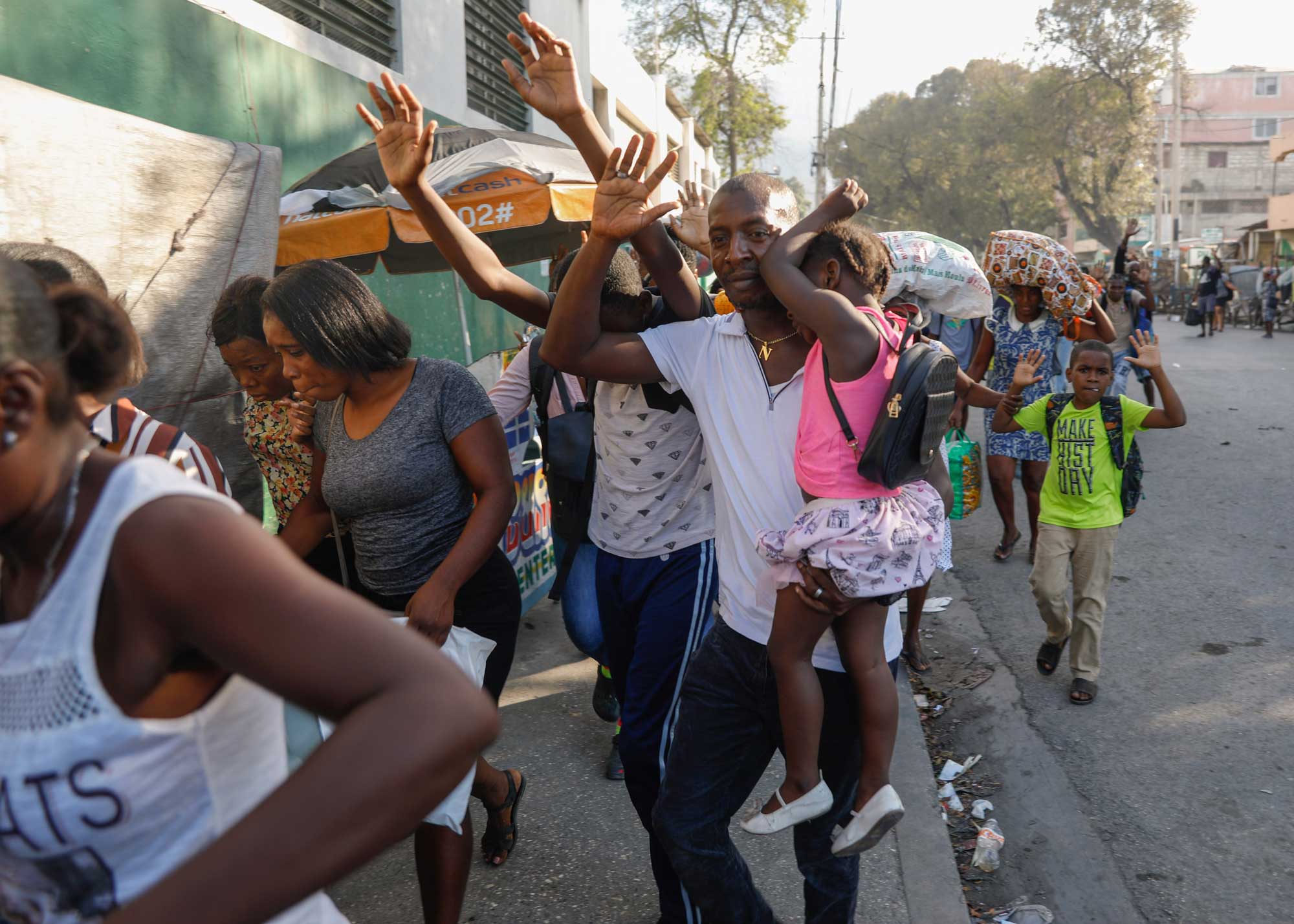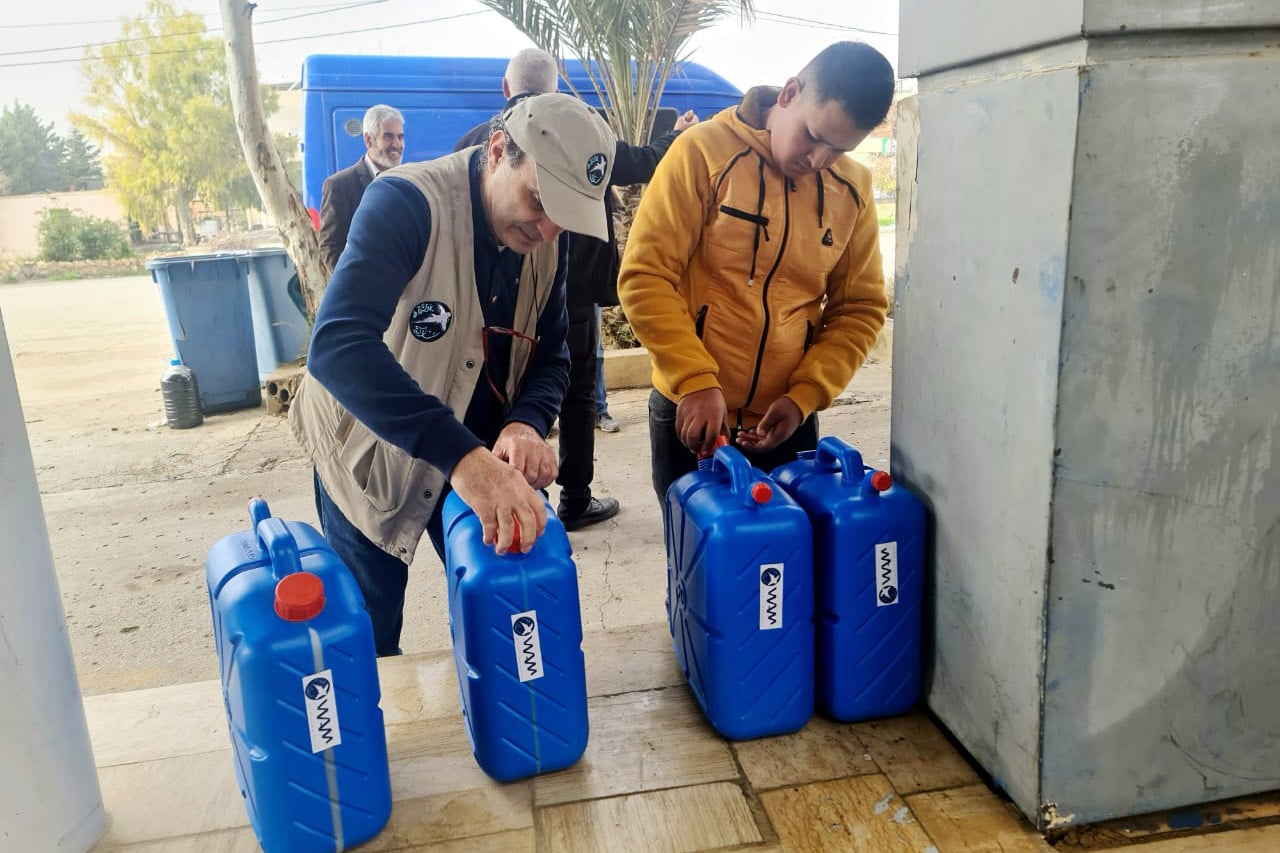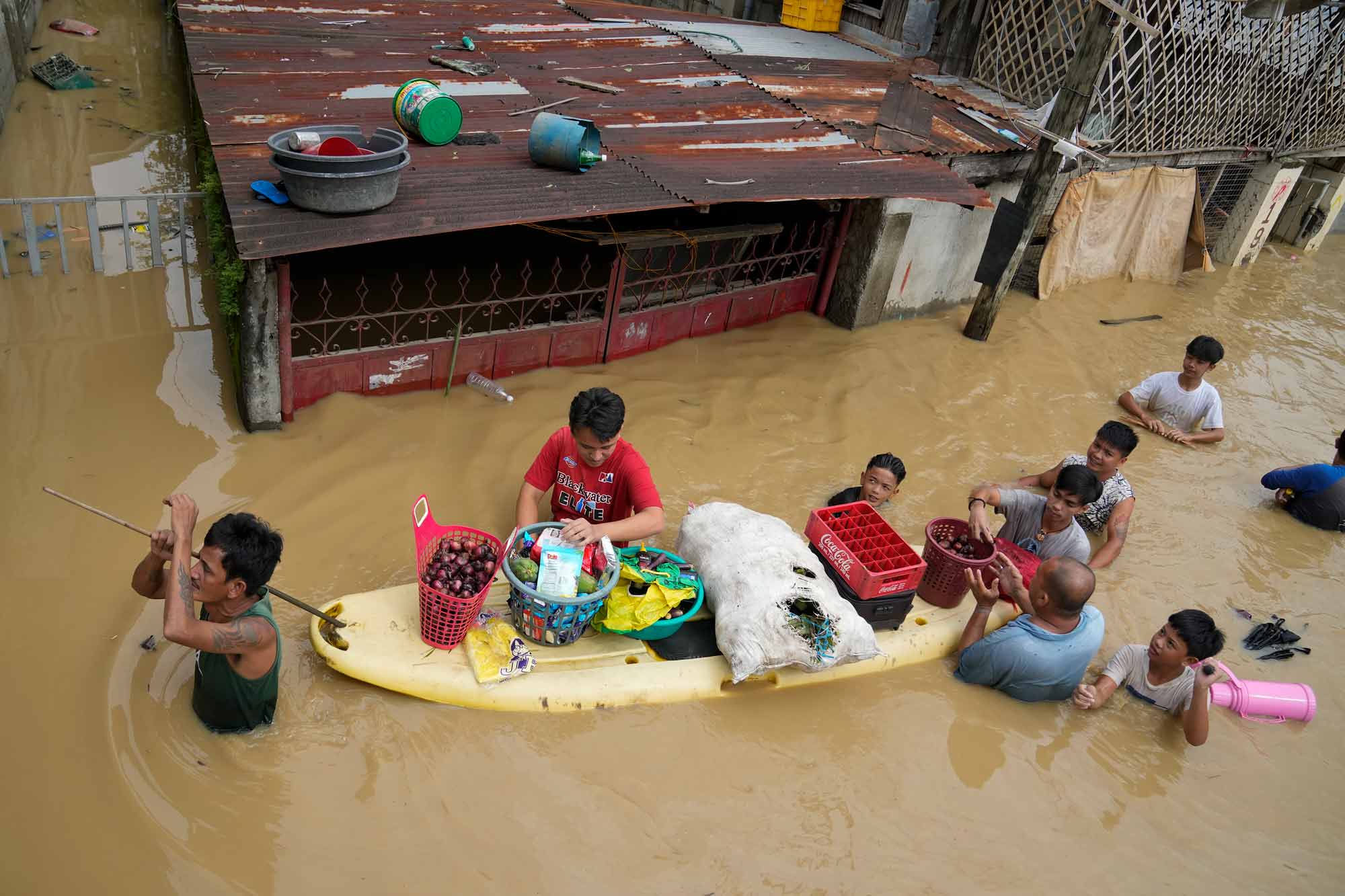Partnerships Create Solutions to Drought in Africa

As the drought in East Africa continues to devastate lives, Convoy of Hope and its partners are distributing food and providing resources to communities throughout the region. Along with the help of the Kenyan Assemblies of God, Convoy organized a major distribution in Turkana County this week. Serving a fortified rice and lentil mix, Convoy and partners fed 1,080 families in need. This included 180 children.

“The first thing you see is the kids running toward the cars,” said Loreen Keta Achieng, the community ambassador who helped organize the distribution. “And they’re always carrying small containers that they use as plates, because they know we’re here to give them food.”
The Power of Education
Along with prepared meals, volunteers teach parents and caretakers how to cook the meals. After everyone eats, they send bags of fortified lentils and rice home with families — along with instructions on how to prepare them properly. The instructions are important because rice and lentils are not part of the normal diet in Turkana. Often, it’s the first time they’ve ever seen or tasted either.


If they are lucky, the people in Turkana County eat once every two to three days. Sometimes, they go a week without food. The meal that volunteers shared with the community was incredibly special.
“The food is so hot because we just made it, but they will eat it anyway!” Loreen said with a smile. “After that, they’re happy. They’re playing. They’re asking for more food. And we tell them we’re sending more home with their mom.”
Drought in Africa Combatted by Strong Partnerships
Within the Horn of Africa, approximately 3.5 million people are in increasing danger of extremely critical food insecurity.
“This is not an ‘Instagram response.’ It’s a rescue,” said a local Convoy of Hope partner. He explained that much of the international aid that’s sent out globally comes from the Middle East or the United States. Unfortunately, that means waiting two to four months for a container of supplies to arrive in East Africa.
But Convoy purchases the food it distributes for Kenya in Kenya. This keeps local businesses running, people in Kenya employed, and the economy stimulated.
“The employees are Kenyan, the volunteers are Kenyan, everything is Kenyan,” said Convoy of Hope’s partner on the ground. “When you’re trying to change and support a community, you’ve got to partner with them 100 percent.”
For this community in Turkana County, most households must send at least one family member to walk 8 miles for water. Pastures and farmlands have dried up, and livestock — the most valuable asset to this region — is dying in droves. To this point, the livestock mortality number is a staggering 2.4 million animals. That number is expected to grow.
For predominantly pastoral and nomadic livestock farming communities, this is an increasingly desperate time. Raising livestock is at the core of their economy. Without healthy cattle to sell, there are few other options to make money. It isn’t only an economic issue, though. It’s also cultural.
“It is a part of their way of life, especially men,” said Loreen. “That is who they are … so without the cattle, the men don’t have anything else. It’s part of their identity.”
Convoy and its partners are striving to create a system where, when aid organizations leave, communities in Kenya can create long-term change themselves. And it’s vital they do so. With the drought in Africa only getting worse and the needs becoming greater, everyone involved must become part of the solution.





















